A Thousand Days on Mars: faults and failures of the rover Curiosity
 Bashny.Net
Bashny.Net

A thousand Martian Sols wound chronometer rover Curiosity. In terrestrial days it even more impossible. It recently he just sat down on Mars in a cloud of dust, unfolded mast kneaded arm, watched and targets to Mars ... And already swept nearly half a Martian year, and nearly three earth. Curiosity in that time managed to go 10, 6 km, lay more than two dozen wells to find methane in the atmosphere, and organic nitrates in the soil and measure radiation in space and on the surface, making almost 250 thousand. Pictures of the Red Planet. But art is not eternal life, but the product of human hands, even such perfect, not perfect. Therefore the history of the rover is also a chronicle of malfunctions, damages, losses, and the heroic struggle of the Curiosity team of features and functionality.
Mars rover landing was risky, on the brink of adventure. To lower the rover on cables with still hovering over the surface missile platforms - this is another task. It was a miracle that the landing team at all pushed this scheme at the technical council. We should really trust your engineers to endorse the circus on another planet.
The wind sensor REMS
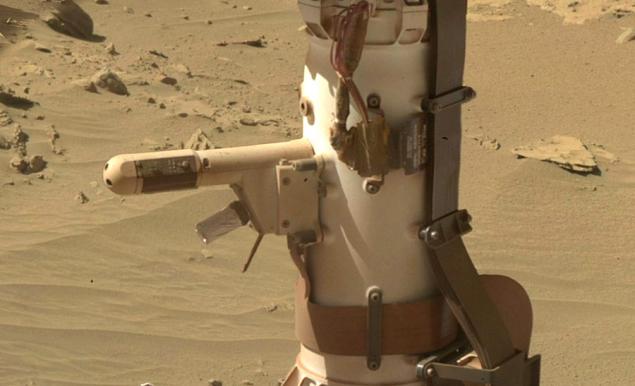
Despite the length of the ropes, landing took place in the dust and debris when it is raised rocket jets, so the most sensitive elements of the rover, like cameras, protects the cover. Without the protection of the speakers appeared on the "neck" -machte wind sensors Spanish climate station Rems. And the first loss detection has become one of the sensors. Whether it will hurt the sand and dust during landing or affected by dynamic loads even during landing, and not found. But the future is not decided to forget about caps on the sensors.
Trash in the keypad

The next few months passed after landing in the tests, as one successful. Curiosity was the first 400 meters, turned manipulator arm, tried and Canadian spectrometer APXS makrokameru MAHLI, and reached a place called Rocknest. It decided to test a new group of devices and tools.
Expanding the arm, ready to scoop up soil for the first time. Power tools on the robot arm equipped with a bucket for this purpose, but there is also a drill, hammer-like home. For a start, we included a vibrator in the punch, and jumped out of the manipulator an object. The first panicky thought dispelled shot camera MAHLI - fallen object, most likely a scrap of insulation, which was wrapped rover during the flight.
False alarm on organic
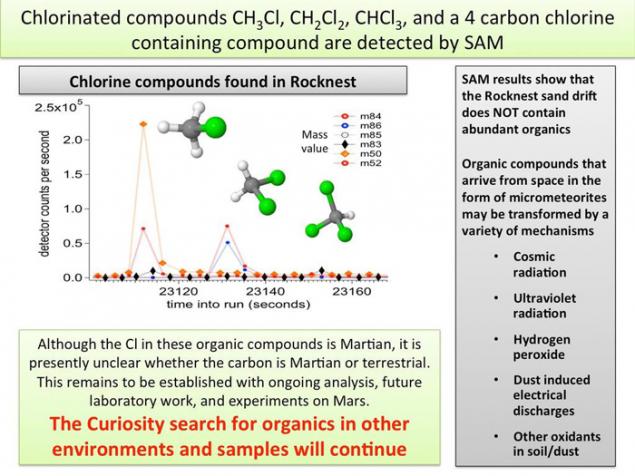
With caution Curiosity began to draw the Martian dust, sifting and load in the internal appliances. Inside he neonka two complex instrument by which the rover is officially called the Mars Science Laboratory. In the laboratory, X-ray diffractometer is CheMin, and a gas chromatograph SAM.
CheMin analyzes conducted flawlessly, but the SAM - issued sensation - typed in a handful of dust found chloromethane - organic compound! Initially geologists have made some rash statements about the sensational findings, and then woke up.
Then we make a small digression. To understand the need to understand a little incident in the structure of the instrument SAM. This device can not directly analyze the soil, it can only study the gases that stand out from this ground. To Mars gave gas, SAM is equipped with a microwave oven that can heat the soil samples up to 1,100 degrees Celsius. However, some substances from such research can decay into simpler compounds, and does not reach the detector. In this case SAM is equipped with several cells with a liquid organic solvent (MTBSTFA), which was supposed to lower soil samples and determine what gases are isolated from their interaction.
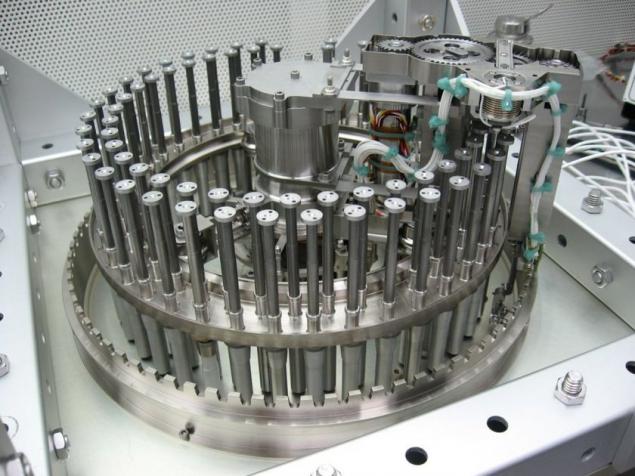
It was found that one of the tanks to be leaking, probably during landing. NASA rover his first breath, grabbed the organic origin of the earth mixed with Martian gases. In sum, turned sensation.
After such an embarrassment, the scientists repeatedly pumped through the analyzer Martian atmosphere, laid soil and reinforced portions vyzharivali from it all that is possible. As a result, we get rid of excess pollutant and learned to distinguish its remains in the studied samples. After that, about organics told only two years later, when multiple tests were able to confirm the purity of the evidence.
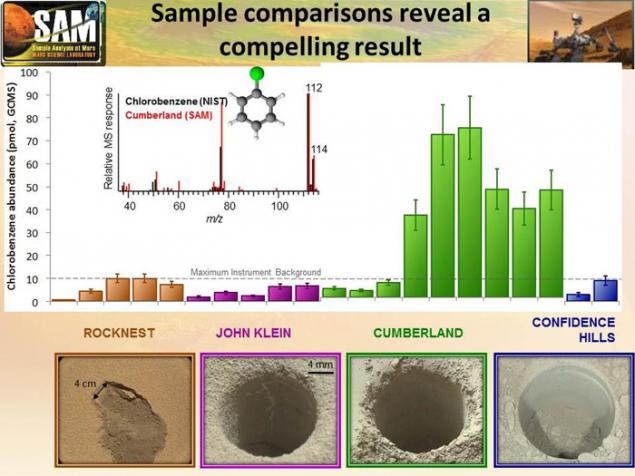
proton events and change the computer
Still not having to deal with the pollutant, Curiosity experienced solar proton event , which is rigidly cut down his computer. Engineers few weeks engaged resuscitation machine switched the rover to the second set of the onboard computer, and are still working on it.
damage to the wheel

Having dealt with the ground and system failure, Curiosity hit the road. First revealed overcome kilometers, probably the most dangerous spelling - insufficient margin of safety wheel web. On wheels were visible holes, and every new kilometer of adding new holes, expanding the old.
Despite the frightening momentum, it is too early to talk about the threat of termination of the mission. The most important thing intact skeleton. The thickness of the blade wheel just 0.75 mm, and the skeleton is already 3 mm, and it is held. Wheels machined from aluminum alloy and are mounted on shock-absorbing titanium curved spokes. Each wheel, besides the carcass tread has three rim, two thin - on the edges, and a thick, which carries the needles.

After seeing the first holes, project engineers were surprised. According to their calculations of such damages should not be. They took the "Scarecrow" - ground layout for testing of the rover's movements - and driven to the board, with the hammer a nail. Wheel pick up on a nail and sank. Holes failed. So math is not deceived. But, Holmes?
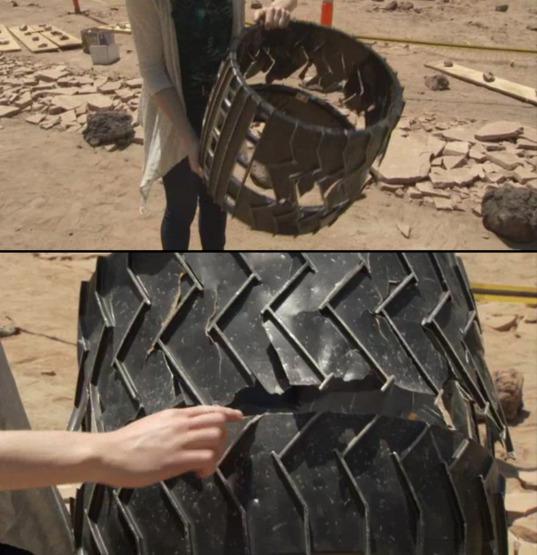
Further tests revealed a weak spot - the layout of the wheeled truck led to the fact that the front wheels and the average accounted for under the increased load of the engine rover. Ie Wheel eager not matter that the stones harder nails and rover too heavy, but because the rover itself leans on the rocks Martian gravity helping their engines. This also explains the fact that the rear wheels of the rover have little or no damage and the through holes, while mass is distributed evenly.
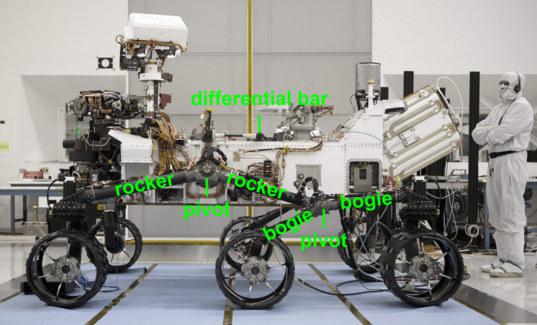
A few hundred meters Curiosity drove backwards, and even this has not led to significant damage to the rear wheels. In normal driving, engineers are trying to carefully choose a route, and regularly check the wheels using a manipulator. This in turn increases the wear and tear of the joints "hands", we only have to hope that the developers took into account the problems of the previous generation of Mars rovers and added excess margin. (Подробный Topics parsing i> ).
The deterioration of the quality of shooting

About a year ago was a noticeable drop in the quality of shooting left mast camera. Periodically, they have quality drops when the rover is delayed for a long time in one place and collects dust on the glass. The shaking during movement or vibration of the drill allows you to clean the lens. But not at this time. Matrix left in the chamber added noise and image across the vertical strip of light stretches. While it is not a serious obstacle, and gluing panoramas usually overlaps adjacent frames, but the improvement is not expected.
Disclaimer autofocus ChemCam
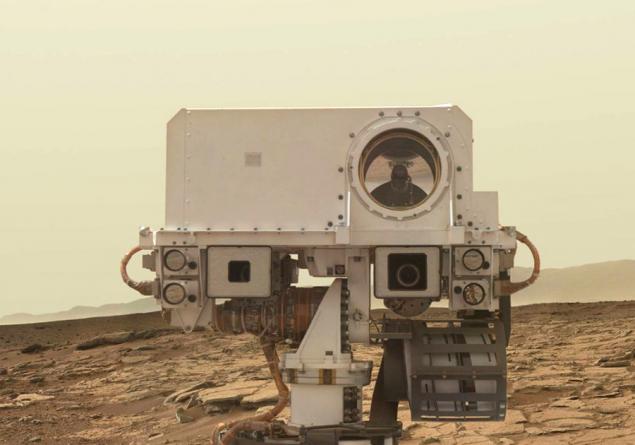
About half a year ago, geologists began to complain of NASA autofocus camera ChemCam. This camera is both a remote laser spectrometer. The laser beam spectrometer warmed test samples to the state of the plasma, the camera focused on the flash and the light directed to the spectrometer plasma.
After the failure of the auxiliary laser autofocus tests had to perform almost manually, based on the preliminary calculation of the range exhibited the camera settings, and then carried out a series of attacks with the incremental measurements.

Thus remote geologists, but it required more time to work ChemCam and pulled energy stocks of batteries. But in May, the rover came next software update, and the camera work again as it should! Some subscribers Community «Curiosity rover» perplexed and admired features NASA: «How to fix a software glitch at hardware?».
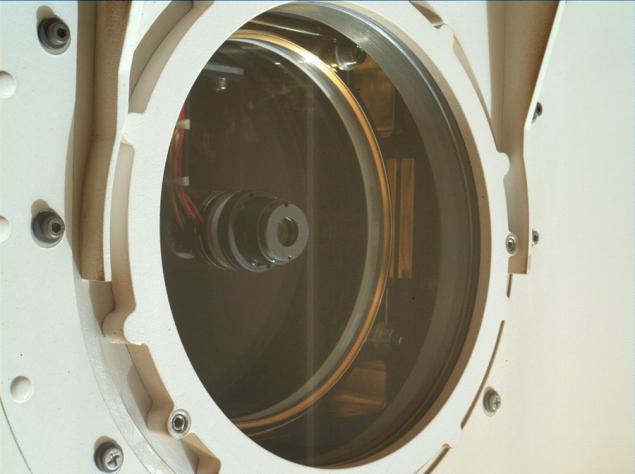
It turned out that a faulty "shot" a laser and not repaired, but, as often happens at NASA, the failure of one device compensate for the expansion capabilities of other devices. Now shooting, as well as after a failure, being an exemplary targeting. Next, the camera takes a series of shots with different depth of field, and a new program selects this series the sharpest. The camera returns to the settings, which managed to get the sharpest picture, and after that the laser is fired.
Short circuit in the drilling device

Another bad sign was manifested during the recent drilling, a few months ago. At the time of inclusion of vibrator, it slipped a short circuit, and the rover went into safe mode. On the potential dangers inherent in the design of the drilling apparatus has been known for a long time. But at the time there was no mess, so engineers have paved the only alternative circuit which, in the long term, should protect the device. But the causes of the first short-circuit, it seems, have not figured out. At least a few days of downtime, the rover has continued to work as if nothing had happened.
If nothing is forgotten, today is a complete list of faults and failures of the rover Curiosity. Not so much for a thousand days on Mars, it is necessary to pay tribute to its designers. However, they learned almost twenty years, launched three smaller rover, plus two re-entry station, one of which was smeared with a thin layer over the South Pole of Mars, but still learned.
Despite inherent in the rover margin, further its history - is not only new discoveries and observations, but also a growing list of failures, failures and errors. The bitter price for the joy of a fascinating journey through the Red Planet, which he gives to us.
For each step on the path Curiosity can learn from the community & quot; Curiosity-Mars rover & quot ;, or Twitter . i>
Source: geektimes.ru/post/251274/
Tags
See also
Why bomb Mars?
Curiosity began to study the Martian soil
Curiosity 2013: lake, geology, radiation
100 days of curiosity
Another undiscovered life on Mars?
"Curiosity" confirmed the presence of methane in the Martian atmosphere
"Vikings" did not find life on Mars, because pre killed her
Six years in the Martian dust
More Albeřice good and different
Russian physicists have found two types of dust in the atmosphere of Mars

















